-
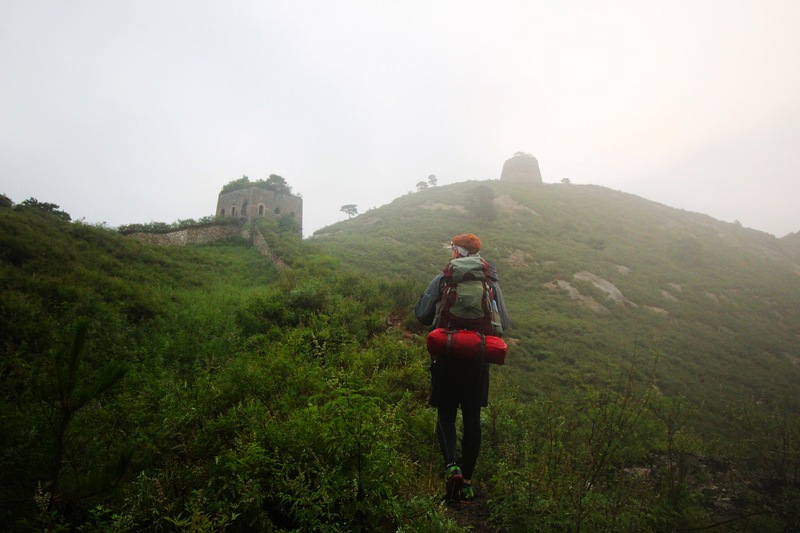
Oliver Engelhart '18 makes the ascent to the ridge of the Jiumenkou Great Wall in China
-
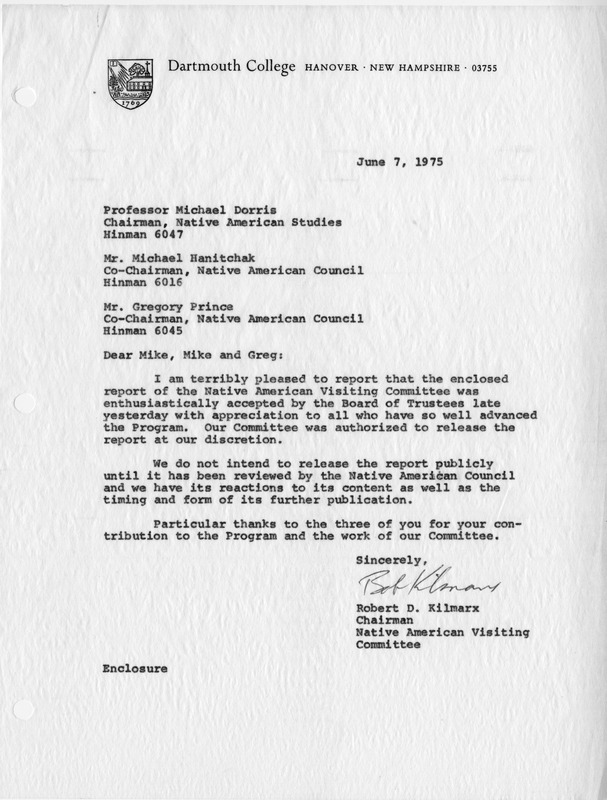
Robert Kilmarx ‘50, letter, to Michael Dorris (Modoc), Michael Hanitchak ’73 (Choctaw-Chickasaw), and Gregory Prince, 7 June 1975, Dartmouth College, Native American Council, Records 1972-1982. Rauner Manuscript DA-109.
-
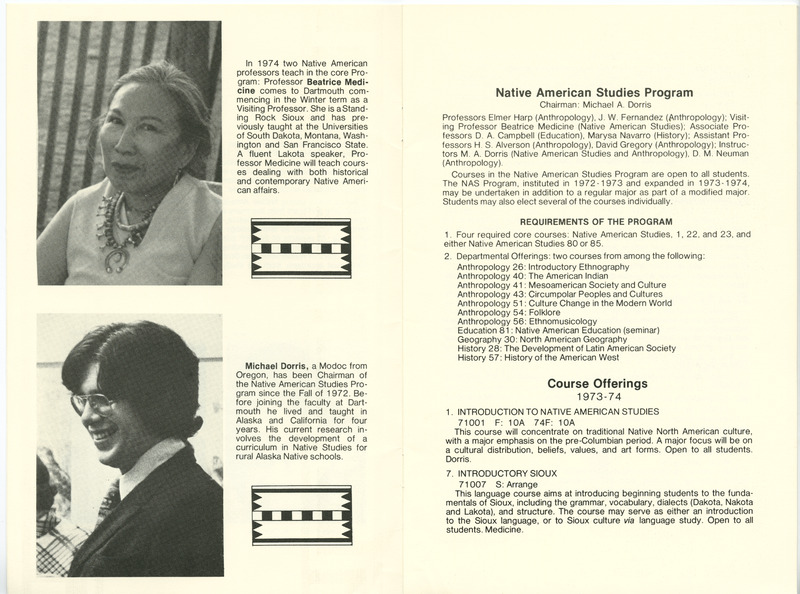
Native American Studies Course Guide for 1973-74. Dartmouth College, Native American Council, Records 1972-1982. Rauner Manuscript DA-109
-
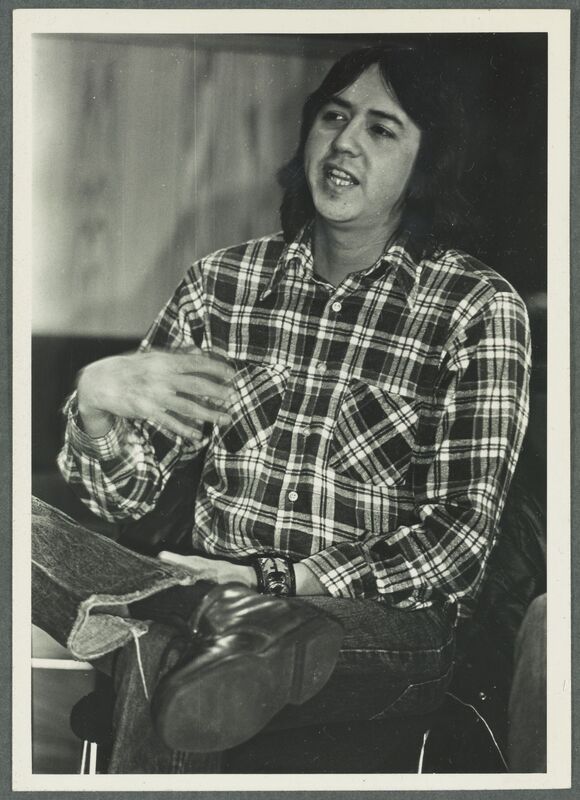
David Bonga '74 (White Earth Chippewa), Director of Native American Program 1975-1979.
-
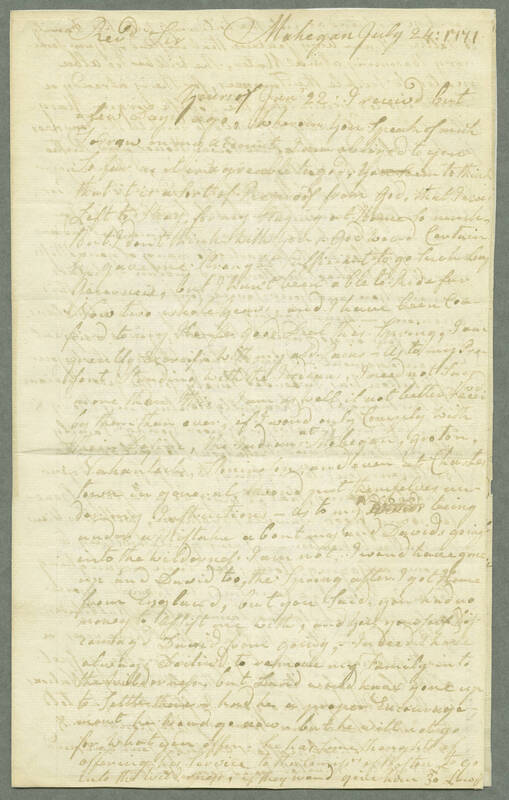
Leaving you and your Service Confirms me in this opinion, — Your having So manywhite Scholars and, So few or no Indian Scholars, gives me great Discouragement.
— Samson Occom, letter, to Eleazar Wheelock, 24 July 1771.
-

Trustee Thomas W. Braden later wrote: "So here we are... sitting around a long polished table in the trustees' room, trying to decide whether to admit women to Dartmouth, and hold classes the year around, partly so as to make room for the women. Now there was no very good reason for not doing this, except the reason that it would change things. But you would have thought to hear us talk that we were about to bulldoze the place....” [p.9]
President David T. McLaughlin discussing coeducation in his 2007, Choices Made: a Memoir. Hanover, NH : [Privately Printed]
-
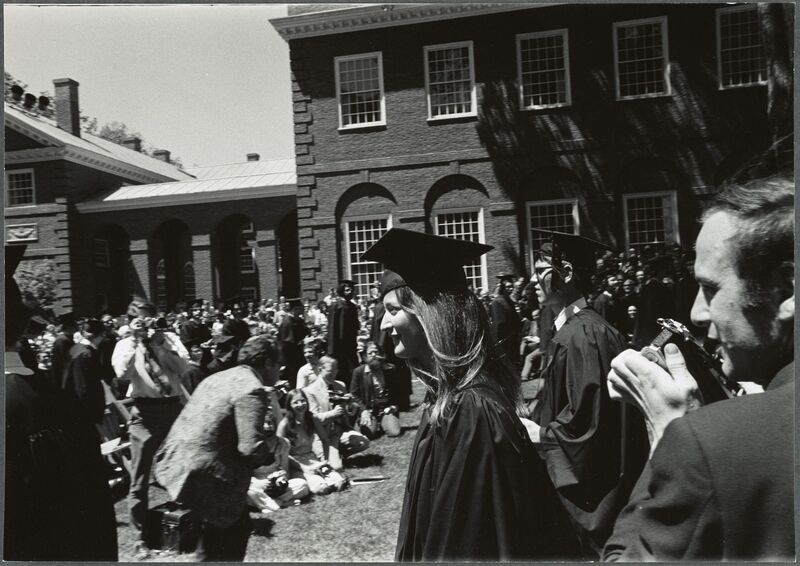
Mary Lynn Allen ’73 [Mary Allen Stifler] – Commencement 1973.
-
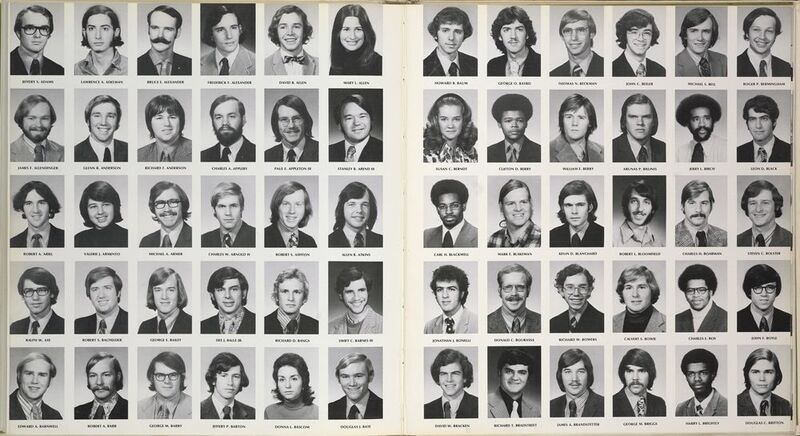
The Aegis, Class of 1973.
-
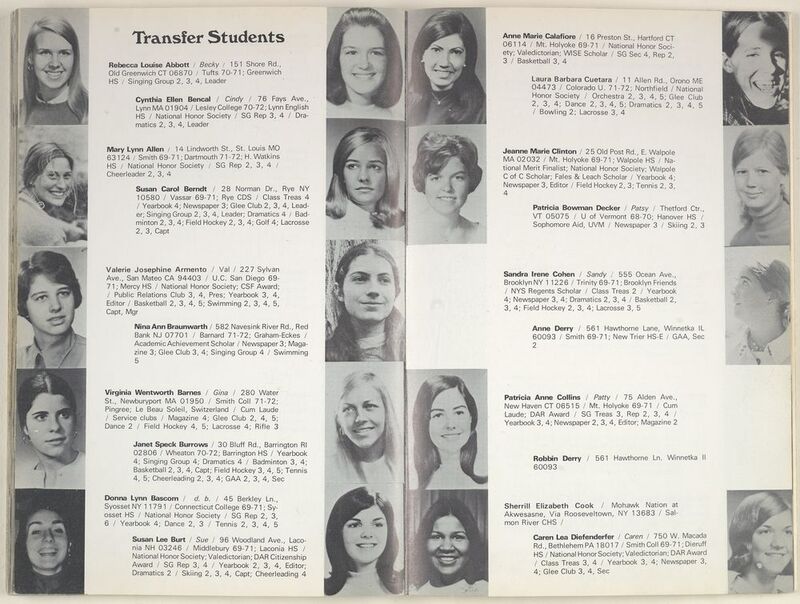
The Freshman Green Book for the Class of 1976, issued Fall 1972 Most of the transfer students that year were women, many of whom were awarded Dartmouth degrees in 1973.
-
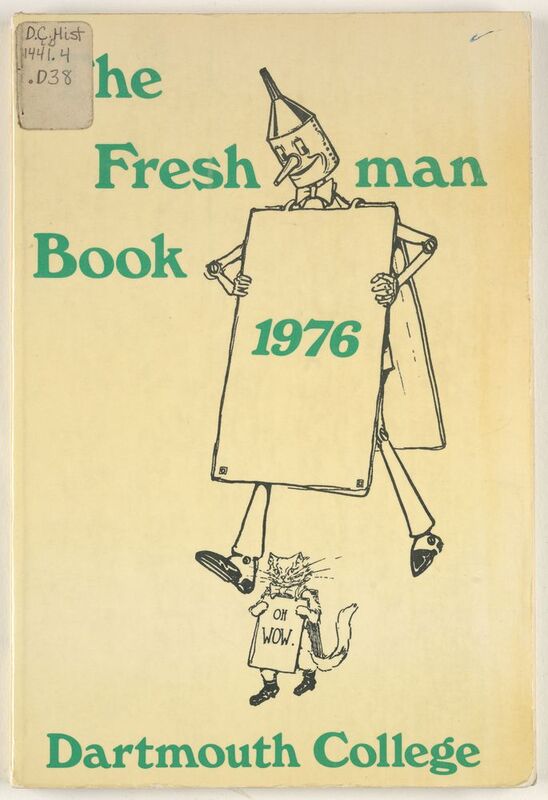
-
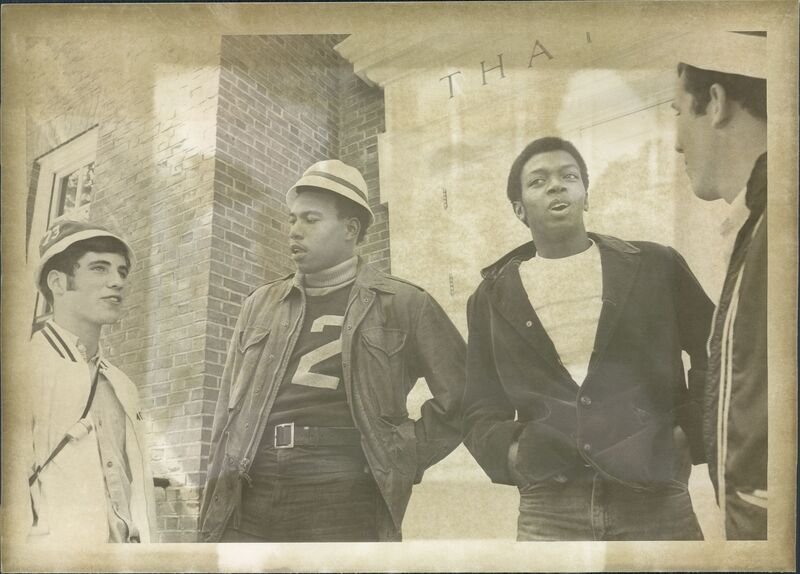
Fall 1969 - Members of the Class of 1973 L to R: Swift C. Barnes III, Newburyport, Massachusetts; George C. Riley III, Paterson, New Jersey; Derek J. Rice, Long Island City, New York; and Stephen P. Stetson, Laconia, New Hampshire.
-
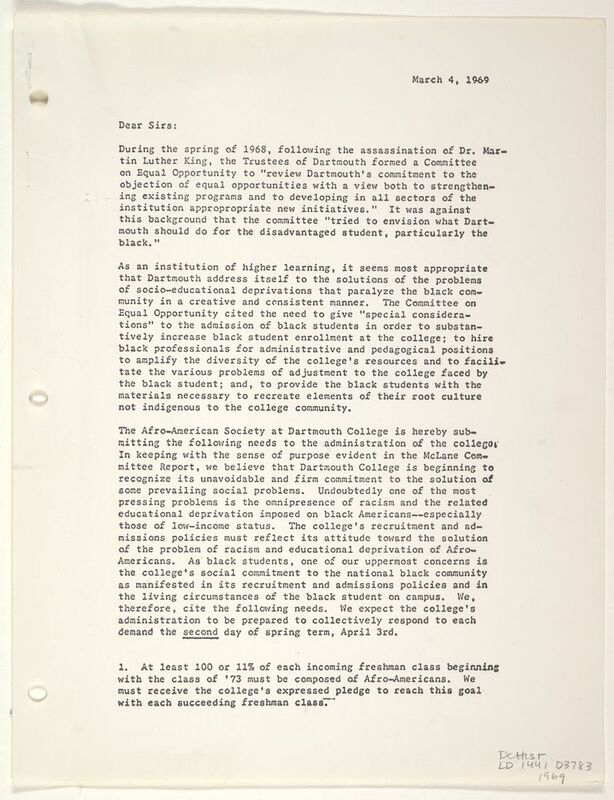
March 4, 1969 letter from Dartmouth’s Afro-American Society to the administration, demanding increased recruitment, admission, and support for Black students, as well as the creation of a Black Studies program
-
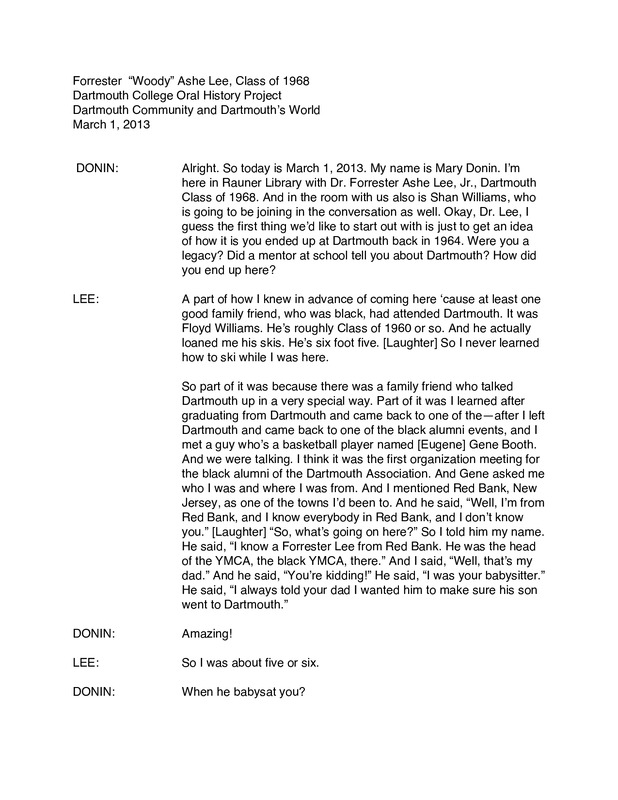
The urgency, the immediacy, the importance of what needed to be done was sensed here, and things were done and changed very, very dramatically. And it became, you know, a bit of a model for what should be done everywhere. The New York Times had this article: DARTMOUTH ADMITS 100 BLACK STUDENTS, and the most ever in the Ivies, something like the most ever in the Ivies. It happened in 1972 I think. It really did become a model for what is possible. And, you know, I carried that with me for the rest of my life, that—what a few guys can do.
Forrester Ashe Lee, ’68 - Dartmouth College Oral History Project - Interview March 1, 2013
-

Professors Ivy Schweitzer & Pati Hernandez with WGSS 59 students and incarcerated women at the Sullivan County House of Corrections, Unity, NH.
-
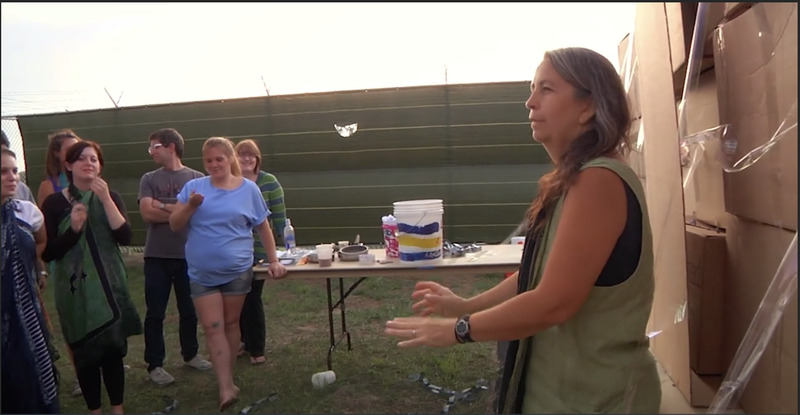
Professor Pati Hernandez with students and incarcerated women at WGSS final project performance at the Sullivan County House of Corrections, Unity, NH.
-
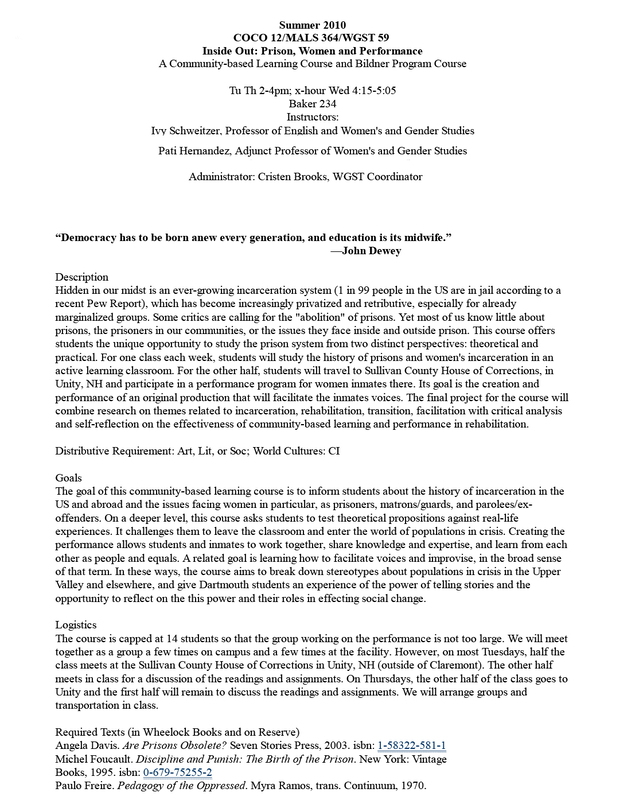
Description: This course offers students the unique opportunity to study the prison system from two distinct perspectives: theoretical and practical. For one class each week, students will study the history of prisons and women’s incarceration in an active learning classroom. For the other half, students will travel to Sullivan County House of Corrections, in Unity, NH and participate in a performance program for women inmates there.
-
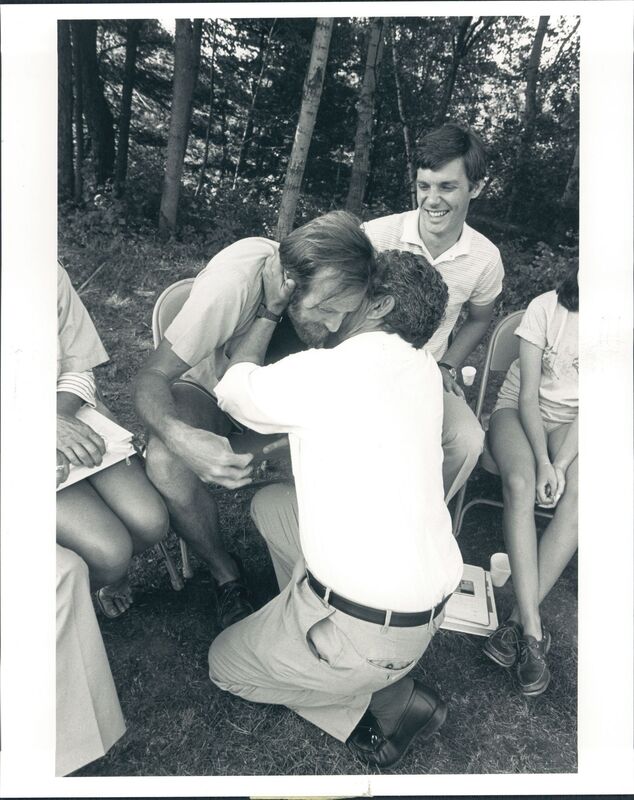
Prof. John Rassias (William R. Kenan Professor of French and Italian), with Jack Aley '66 during an All-Language Programs (ALPS) class.
-

Prof. John Rassias (William R. Kenan Professor of French and Italian), with Jack Aley '66 during an All-Language Programs (ALPS) class.
-
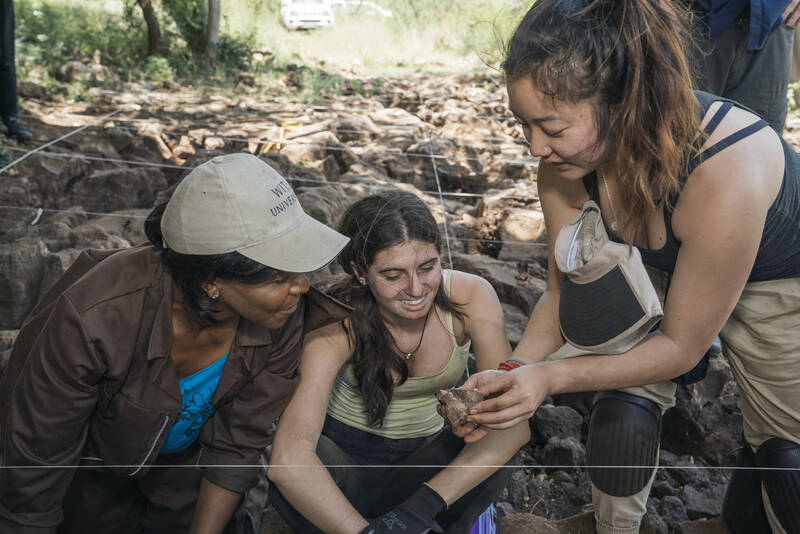
Cathy Li ’17 (right) shows a fossil of Australopithecus sediba she uncovered during the dig to a researcher from the University of Witwatersrand (left) and Olivia Wieber ’19.
-
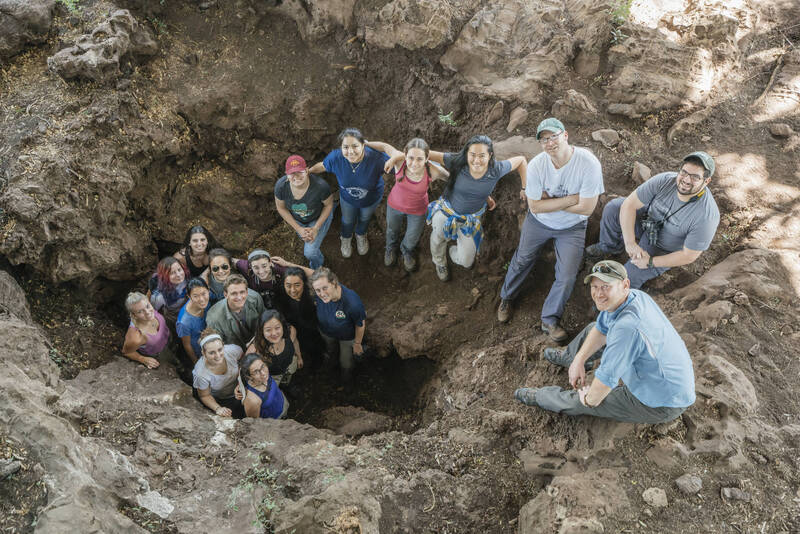
Professors Jerry DeSilva and Nate Dominy with ANTH 70 students on site in South Africa, December 2016.
-
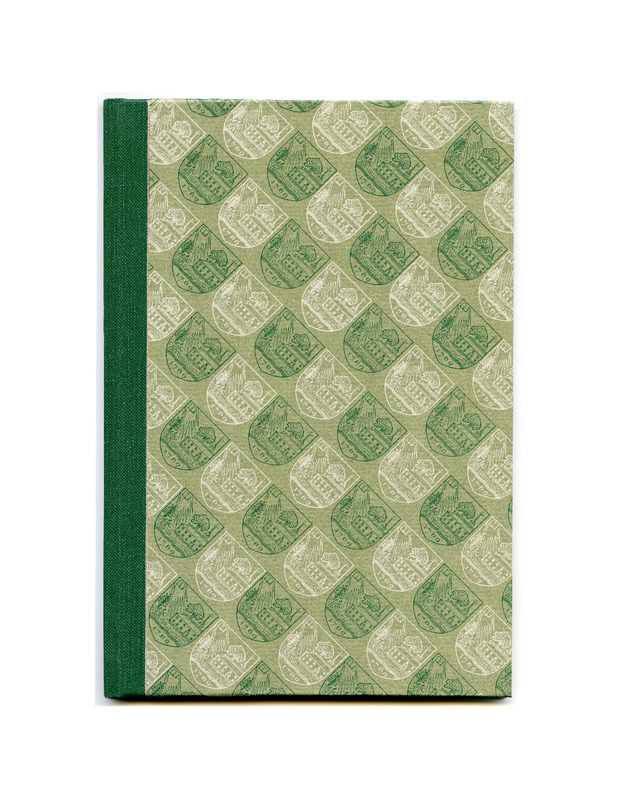
More than any historical datum, any statistical result, any interpretation of a text, we need to convey to our students a sense of joy in learning-joy in participating in the life of the mind; joy in achieving competence and mastery; joy in entering the adult world of obligations, intimacies, and relationships; joy in experiencing the diversity of our community; joy in engaging in the converse among our several generations.
Freedman, James O. 1987. A Commonwealth of Liberal Learning : Inaugural Address of James O. Freedman Delivered at His Installation as Fifteenth President of Dartmouth College. Hanover, N.H: Dartmouth College.
-
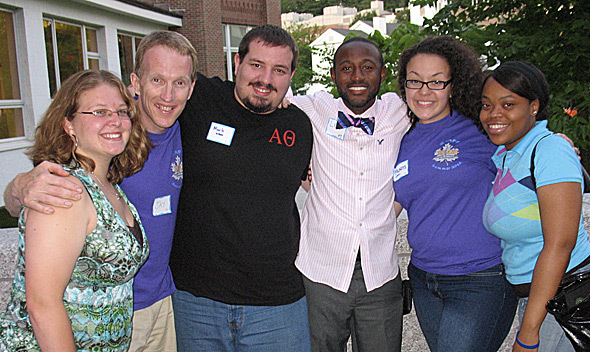
SEAD Director Jay Davis ’90 with SEAD alumni who attended the 10th anniversary celebration on July 3. From left: Krystal Laundry, SEAD ’06, Canaan, N.H.; SEAD director Jay Davis ’90; Mark Wilson, SEAD ’04, Dartmouth ’09, Philadelphia, Pa.; Lee Smith, SEAD ’06, Spartanburg, S.C.; Miladys Perez, SEAD ’08, Bronx, N.Y.; and Cindy Selondieu, SEAD ’06, Dorchester, Mass. (photo by Bonnie Barber)https://news.dartmouth.edu/news/2010/07/sead-celebrates-10-years-success
-
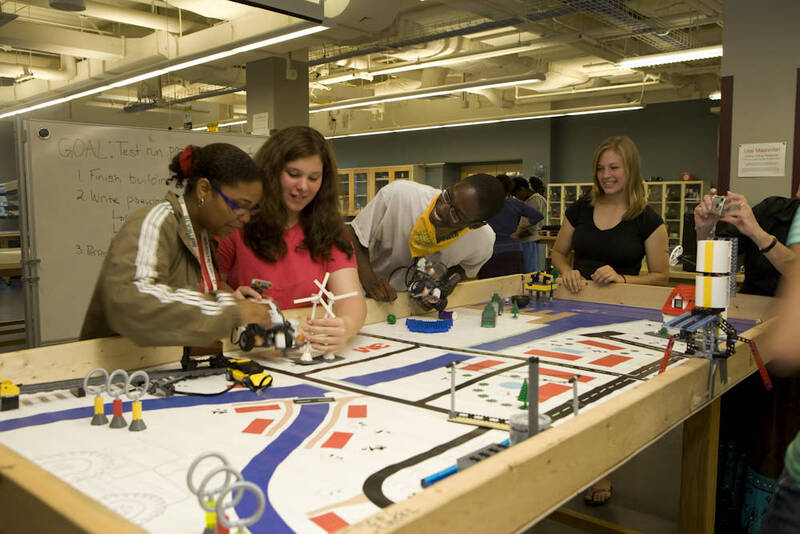
Summer Enrichment at Dartmouth (SEAD): visiting high school students (Helen Cox, Sarah Frazer, Daniel James, Julia Jacobsen) learn robotics in the MacLean Engineering Sciences Center at the Thayer School.
-
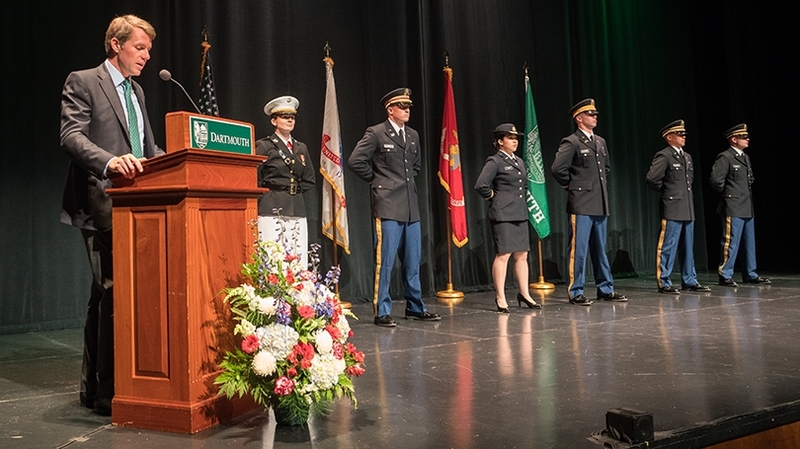
Dartmouth Trustee Nate Fick ’99, who served as a combat Marine Corps officer in Afghanistan, speaks at the officer commissioning ceremony for, from left, U.S. Marine Corps 2nd Lt. Jessie Menville ’16, U.S. Army 2nd Lt. Peter Gips ’16, U.S. Army 2nd Lt. Rachael Rhee ’16, U.S. Army 2nd Lt. R. Chase Gilmore ’16, U.S. Army 2nd Lt. David Berg ’16, and William Kerin ’16, who will receive his U.S. Army commission after additional training. (Photo by Eli Burakian ’00)
-
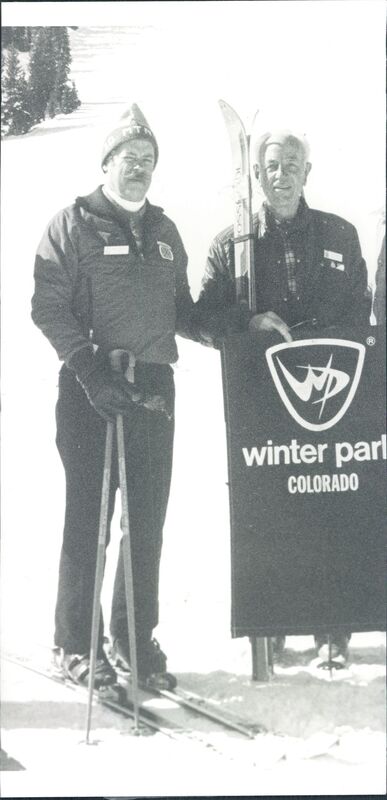
Newc Eldredge '50 (left) and Bob Hooker '30 (right), both members of the 10th Mountain Division.

























